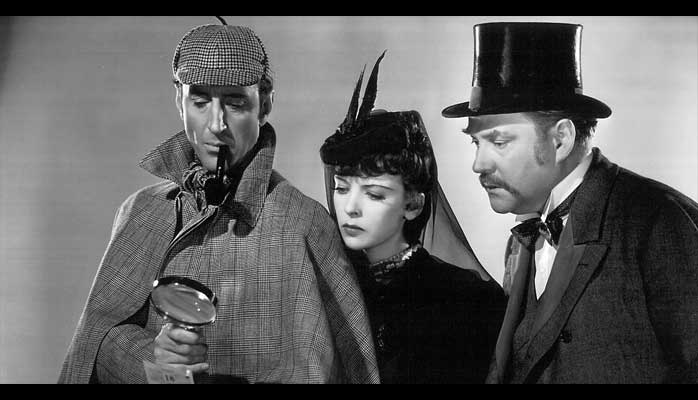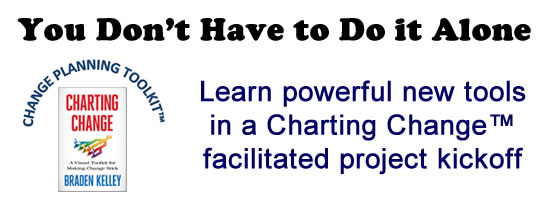The Art of Strategic Observation

I am nothing if not a consumerist. Meaning, I am constantly impressing upon companies I work with to make sure they have a deep and empathic understanding of their customers…past, present, and future, especially if they are contemplating a strategic shift that entails repositioning or refocusing their efforts to target new and different segments.
Generally speaking, most companies are pretty good at getting out and rubbing elbows with customers to conduct the kind of ethnographic research that involves watching customers in their user habitat. The challenge that all of them have is turning their observations into insights that produce a new strategy and competitive advantage. Some are better than others at it, of course, and some are masters at it, but it is always a challenge.
One of things that has helped my perspective on this challenge is my fascination with all things neuroscientific. In the last half decade, neuroscience has really come to the fore as a discipline that can help address this challenge.
For example, we’ve known for a long time that consumers cannot express what they really want in ways that are particularly useful to those searching for value-producing insights, particularly if they are being asked the specific question of what they want. (We’ve all heard the old Henry Ford quote about “a faster horse” had he asked people what they wanted.)
When it comes to the kind of research that feeds strategic choices, be it of consumers, the industry, competitors, is to do it in the context of a hypothesis, or set of hypotheses, in much the same way a scientist does.
Our world is far too complicated to simply go out and try to observe it with a tabula rasa mindset. There’s simply too much data out there to sally forth with a blank slate, hoping and praying for some miracle of serendipity to appear and point us in the right direction.
But I’m consistently running up against that very mindset, ala “we’re just going out to observe our users, and we’ll figure it out from there.” It’s a fool’s errand, and in over a quarter decade of working with a wide variety of organizations, I’ve never seen it produce anything truly valuable or useful to crafting a unique strategy of any kind (product, service, etc).
To illustrate, suppose I asked you to take a nice long look around you, close your eyes, and describe everything within view. To do a truly thorough job, even if you could remember everything, would probably take you weeks, there’s that much stuff around you. At the end of that effort, you’d be left with a big “so what?” having learned nothing new or insightful.
Now, you might produce some sort of shorthand description that made sense of it all. But in so doing, you would consciously and subjectively select and filter the things you’re including in your summary. You would add subtle qualitative conclusions: “It’s a nice large open floor plan with modular seating, lots of natural lighting, brightly colored walls, modern furniture, and state-of-the-art technology, inhabited by energetic professionals all fully engaged in their work.”
Neuroscience tells us that we are naturally hard-wired to do just this, to focus on some things, and not others. And for this reason, I firmly believe that we should be explicit about what we’re looking for, before we actually begin looking.
You must have a hypothesis about what the targets of your investigation will behave before you go into the field, because it will frame what you should pay attention to and what you can ignore.
If you aren’t explicit and don’t have a hypothesis, your hardwiring will take over, causing you to pay attention to certain things without ever knowing why certain things drew your attention and others didn’t. You will fool yourself into thinking that you were paying attention to everything, but the reality is that you were only paying attention to a small part of the whole.
And if you do that, as a result you will never know, or be able to figure out, what you might have missed that carried with it the kind of insight that might actually be useful.
In terms of strategy, it’s far better to craft up what my friend Roger Martin would call a “happy story” — essentially a guess turned into a formal hypothesis — then go out and see whether that scenario has any merit.
This is why, in my last post, I recommended swatting your SWOT.
Wait! Before you go…
Choose how you want the latest innovation content delivered to you:
- Daily — RSS Feed — Email — Twitter — Facebook — Linkedin Today
- Weekly — Email Newsletter — Free Magazine — Linkedin Group
 Matthew E. May is the author, most recently, of Winning the Brain Game: Fixing the 7 Fatal Flaws of Thinking.
Matthew E. May is the author, most recently, of Winning the Brain Game: Fixing the 7 Fatal Flaws of Thinking.
NEVER MISS ANOTHER NEWSLETTER!
LATEST BLOGS
Four ways you can ensure employees take accountability for their work
One of the most important driving factors for any successful business is a high-performing team. Having people working for you…
Read MoreWhat is digital upskilling and why is it important?
Photo by Annie Spratt on Unsplash In a world of business that never stands…
Read More


